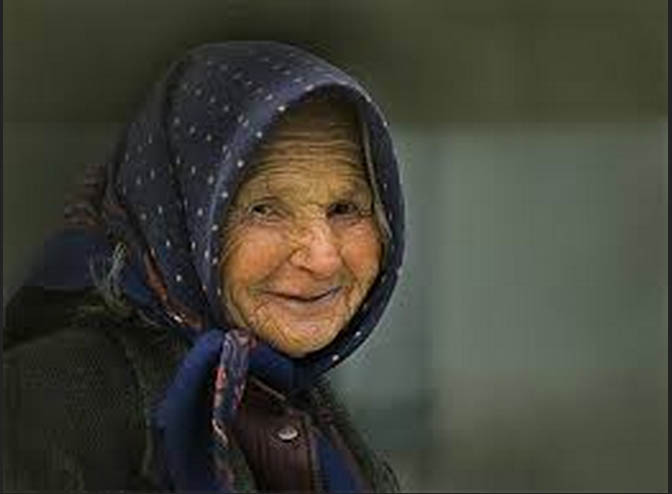
Here is Google’s and Wikipedia’s definition of the world “babushka”:
ba·bush·ka
bəˈbo͝oSHkə/
noun
- (in Poland and Russia) an old woman or grandmother.
- NORTH AMERICAN
a headscarf tied under the chin, typical of those worn by Polish and Russian women.
For me, as for every person who was growing up in Russia, the image of a granny wearing a headscarf tied under her chin is known from childhood.
In my native Soviet Moscow they could be seen everywhere, but especially big groups of such “babushkas” were regularly gathering near churches. There were not many functioning churches in Moscow; religion was only reluctantly tolerated by Bolsheviks.
In the child’s mind the babushkas and churches both were temporally surviving symbols of the old Russia, the country that was gone long before I was born.
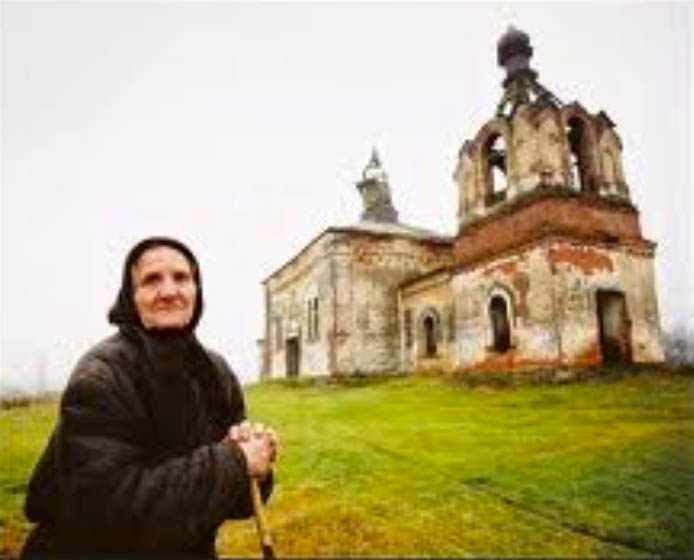
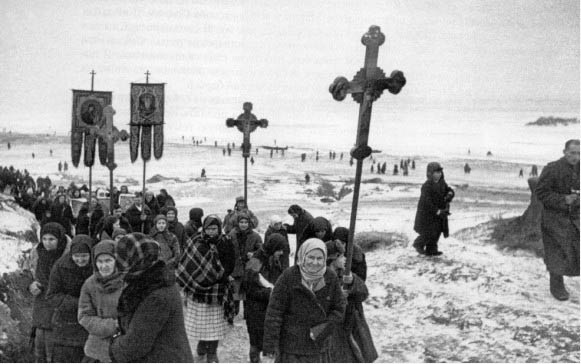
A lot of time had passed since then but one can still see babushkas, looking exactly the same as babushkas of 1940–s in Russian churches.
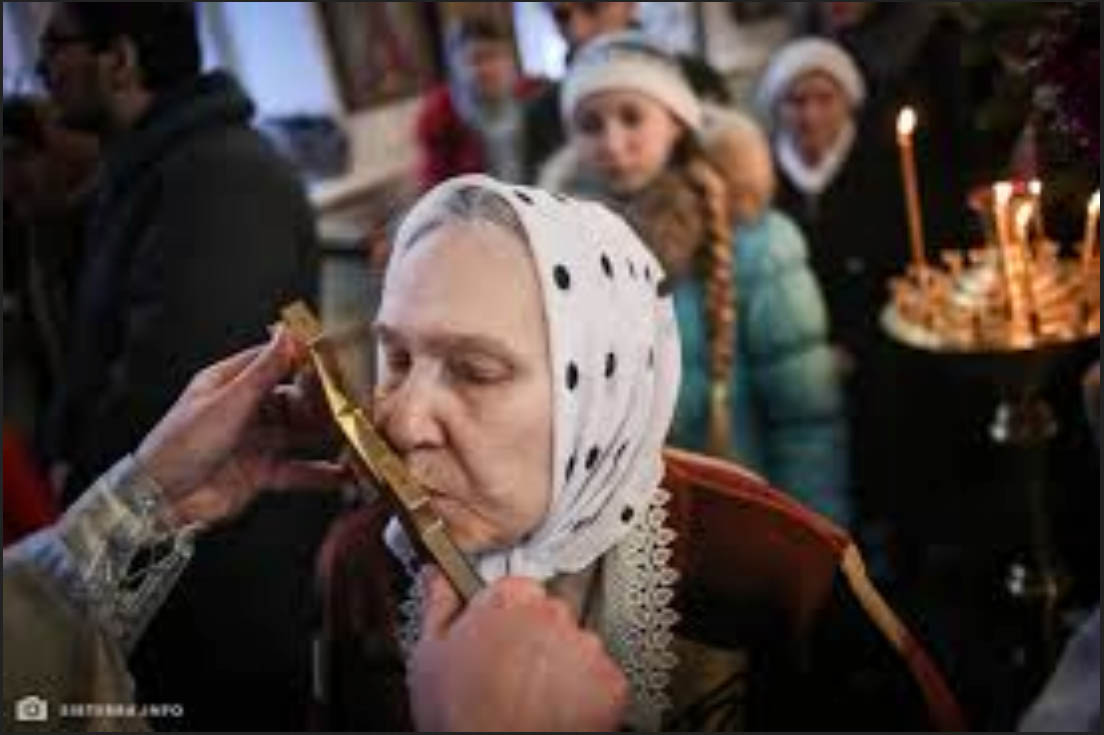
When I saw these contemporary babushkas for the first time I couldn’t get rid of absurd feeling, that they are the same grannies that I remembered from my childhood.
If it would be so they would probably be about hundred thirty years old. But could girlfriends of my childhood, these idealistic “young communists”, turn into “symbols of old Russia”?
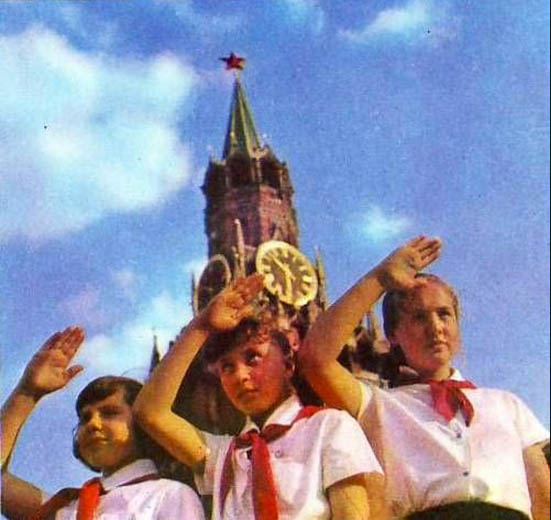
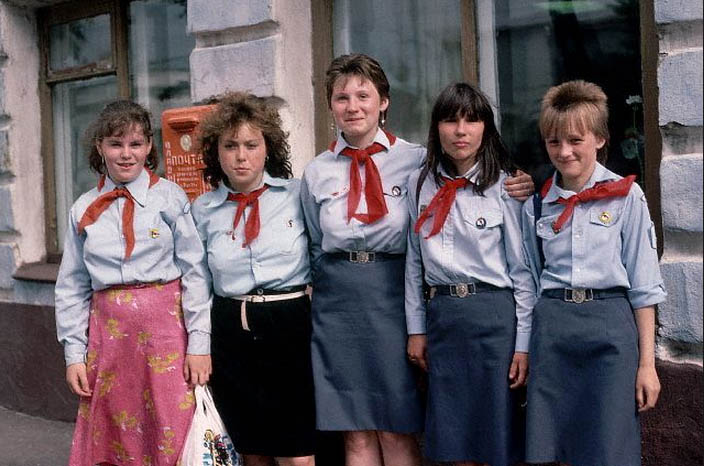
What happened to these girls? How could they turn into headscarfed babushkas?
The contrast between the modern appearance of today Russia and appearance of babushkas seems to be noticed not only by me. Russian media is full of images ironically stressing this contrast.
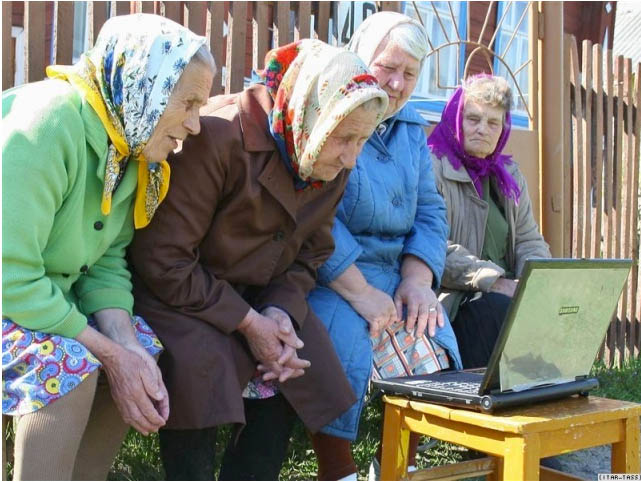

I’m finding all these contrasts and contradictions very interesting. Also I find interesting that Google and Wikipedia relate the “babushka” phenomenon specifically to two countries: Russia and Poland. Russia is an Orthodox Christian and Poland is a Catholic country. How come both of them have the same cultural phenomenon? But the most interesting from my point of view is the fact that in Muslim Turkey one can see old ladies dressed exactly like Eastern European babushkas.
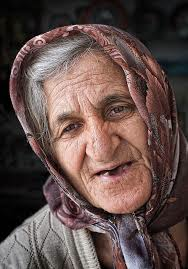
Contemporary Turkish old lady
It’s almost certain that the style was created centuries ago in Turkey and later moved to Eastern Europe to stay. In Russia even today large headscarf are called “Turkish shawl”.
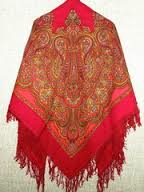


I recall my grandmother (100% Irish) wearing a babushka (a word she taught me) as she hung clothes in the back yard in the 1950’s. The word babushka is one I will always associate with my grandmother.